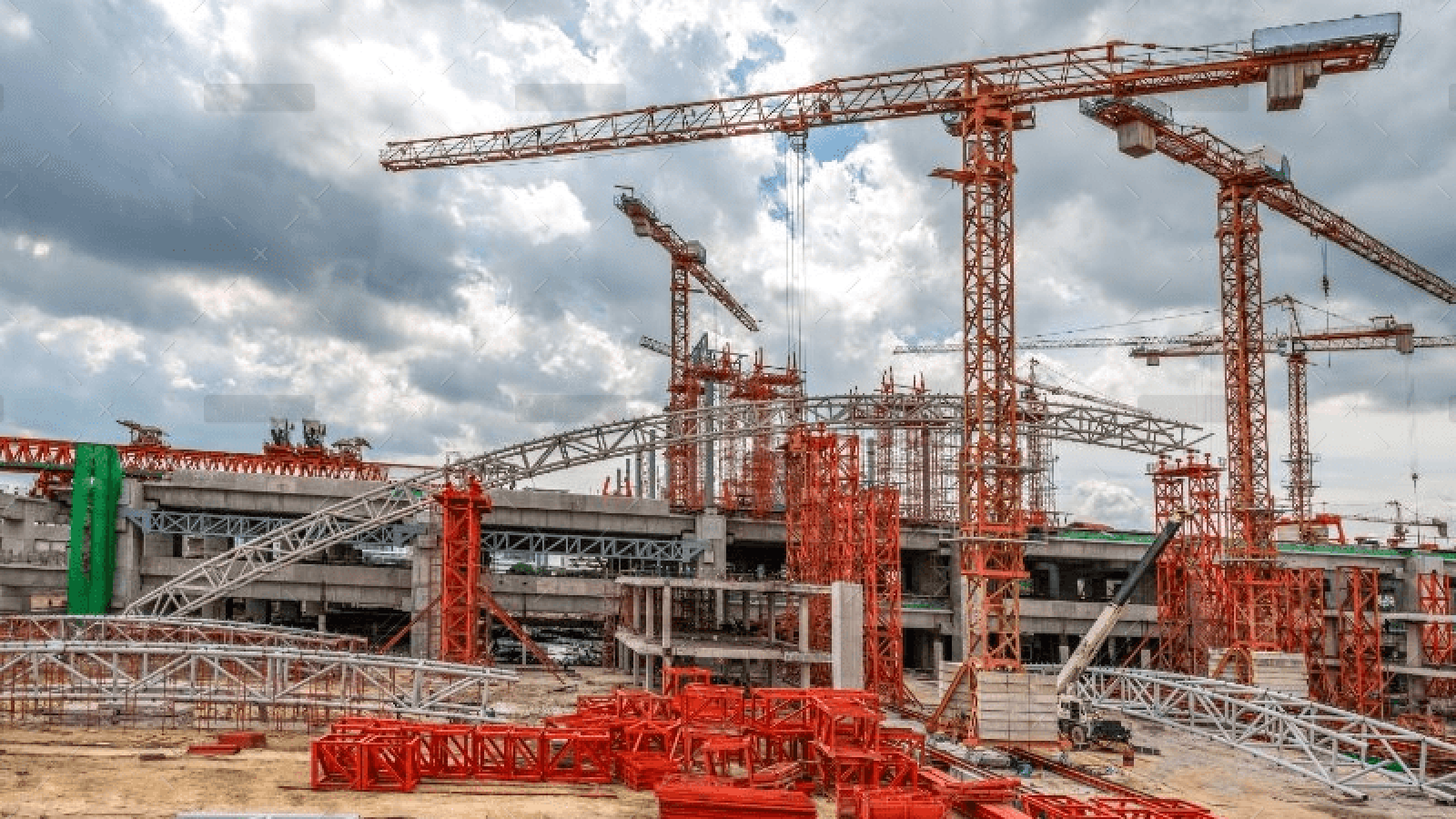1. Project conception, design, and planning
Project conception is where the first ideas of a project are thought about before commencement into detailed design. This follows the search for the project’s location and specification of the building codes involved. In this stage, it is crucial to involve an architect to ensure everything is feasible.
Feasibility studies involve checking whether the proposed solutions are in alignment with the main objectives. After the project conception, the owner, architect, and construction manager move to the design stage. This gives a roadmap that highlights the purpose of the project and foreseeable hurdles.Once the conception is over, it is time to get into the design phase. Design occurs before the procurement of goods and services and before the project begins. The architect and his team are responsible for putting the client’s ideas into paper. The design involves the schematic design, contractual agreements, and design development.Before getting into schematic design, the goals and objectives of the project need to be outlined. Critical decisions such as the size of the building and space usage are discussed at this point.
The next step involves a design that shows the space and usage of materials. There project cost evaluation is also done at this stage before proceeding. It is a preliminary phase, and this is where bidding begins. The documents are used to place bids on the project after being drafted with the project’s specifications. Architects assess the project’s feasibility and put modern ideas to paper while engineers ensure the project’s safety. The architect and engineer are active in this phase, but they complete the major design work during the preconstruction phase.
After the design, the project planner sets the project by developing a strategic plan. This is where the project is divided into smaller digestible units making it easier to establish completion timelines.
2. Building permits
Before the commencement of the project, it is necessary to secure all the needed building permits. This process goes on throughout the project as different disciplines have different licenses. It can be time-consuming as several overlapping authorities have to approve a project. There are local, state, and federal authorities that have to be navigated, and this can cause a lot of confusion.
If there are any entitlements required for a project, they need to be secured early before construction. Entitlements refer to the building’s intended use and how it blends in or contradicts the city planning or municipal zoning requirements. Entitlements can be tiresome. The process includes town hall meetings, public awareness campaigns, and many other steps.
Stumbling blocks when trying to secure entitlements can bring in a lot of delays in a project. It is straightforward in some projects but takes months or years in others. Working with an experienced project manager makes the process smoother, potentially mitigating the risks involved.

3. Preconstruction phase
This broad category enshrouds all the work in a construction project before the actual physical construction. When the project planning is finalized, the design is streamlined, and the supplies and labor are assembled.
Preconstruction services are necessary for developing a formal approach in calculating costs, scope, and schedules for project execution. It is critical to the project, and it is during this phase where the project team is assembled and align the foundation of the project and a communication structure. A poor foundation and communication structure leads to gaps and potential project delays.
The project team is assembled during the preconstruction stage to prepare the construction site beforehand. The project team consists of the project manager, field engineer, contractor, superintendent, and health and safety manager.
The client may incur preconstruction costs such as legal services from lawyers to review any potential conflicts of interest. The project team also goes through the design parameters and project requirements coming up with clear and concise objectives for all the parties.
The site conditions also have a magnitude impact on the project, and they are carefully evaluated.
After site evaluation, the project team comes up with a realistic cost estimate to test the project viability. The project cost estimate considers labor, schedule, site conditions, materials, and regulatory requirements. They also think of other comparable projects and the costs incurred. The contractor here is looking to get the project close to feasible budgetary constraints.
After the cost estimation process, the parties enter into a legally binding agreement that allows the contractor to put up the facility on behalf of the owner. The contractor considers the owner’s design program and other specifications that determine the project construction costs.
4. Procurement
The procurement stage is where the project team obtains the equipment, labor, and materials necessary. The complexity of this stage depends on project size, expected commencement date, and availability of resources. The general contractor awards minor contracts to the subcontractors at this stage. The process may start with new construction takeoffs from the construction drawings. The subcontractors then obtain labor, materials, and scope of work from thetakeoffs.
This stage allows savings in the project. This increases the commercial construction profit margin for the contractor. A contractor with a good and reliable network of suppliers or one working on several projects at the time may save a lot based on the economics of scale. The client may also benefit from these savings depending on the contract type.
5. Construction phase
The construction phase is when the shovel hits the ground, transforming the empty field into a skyscraper. The planning pays off here. It is essential to have a preconstruction meeting to ensure everyone is on the same page. The preconstruction meeting should address:
- Logistics and storage
- Primary contract details
- Health and safety
- Quality control
- Possible design challenges
After the preconstruction meeting, the project can now get underway. The main contractor retains overall control of the project in this stage. He manages resources, monitors documents, and communicates the progress of the project. On the other hand, the design team is responsible for quality control to see whether the project conforms with the approved plans. The design team also reviews substitution requests, change orders, and submittals.
Every team has its schedule at this stage. The programs for different groups vary depending on their roles. Some subcontractors may need a portion of the work to be completed before starting their part. This shows that poor execution in this stage can cause a lot of hurdles in the project.
Monitoring and control
Some project management methodologies have a different phase here for monitoring and control. The construction manager monitors the budget, risk, insurance management, and scope using various project management techniques. One of the best tools for this stage is the KPI (Key Performance Indicator). Examples of KPIs are effort and cost tracking, project objectives, and deliverables.
6. Post-construction
This phase is more critical than most regard it to be. The actual construction is complete, but the project has not yet been handed over to the owner. If proper attention is not given to this phase, it can lead to many problems for the owner.
All the resources unnecessary for the project are demobilized in this stage. Rentals are returned, and the site is cleaned up. Subcontractors that have completed their portion of work can move on to other projects.
The project manager and engineer then physically tour the site and list all items that have not yet been completed. After creating the punch list, the projector manager works with the contractor to rectify the errors.
The owner has to be provided with all the necessary project information. This includes close-out documents such as manuals, as-built drawings, accounting, and insurance. Of course, the insurance has to be changed from construction insurance to permanent property insurance. For larger projects, thepost-construction phase is a formalized process known as commissioning. Here systems are tested to ensure they meet the specified requirements.


